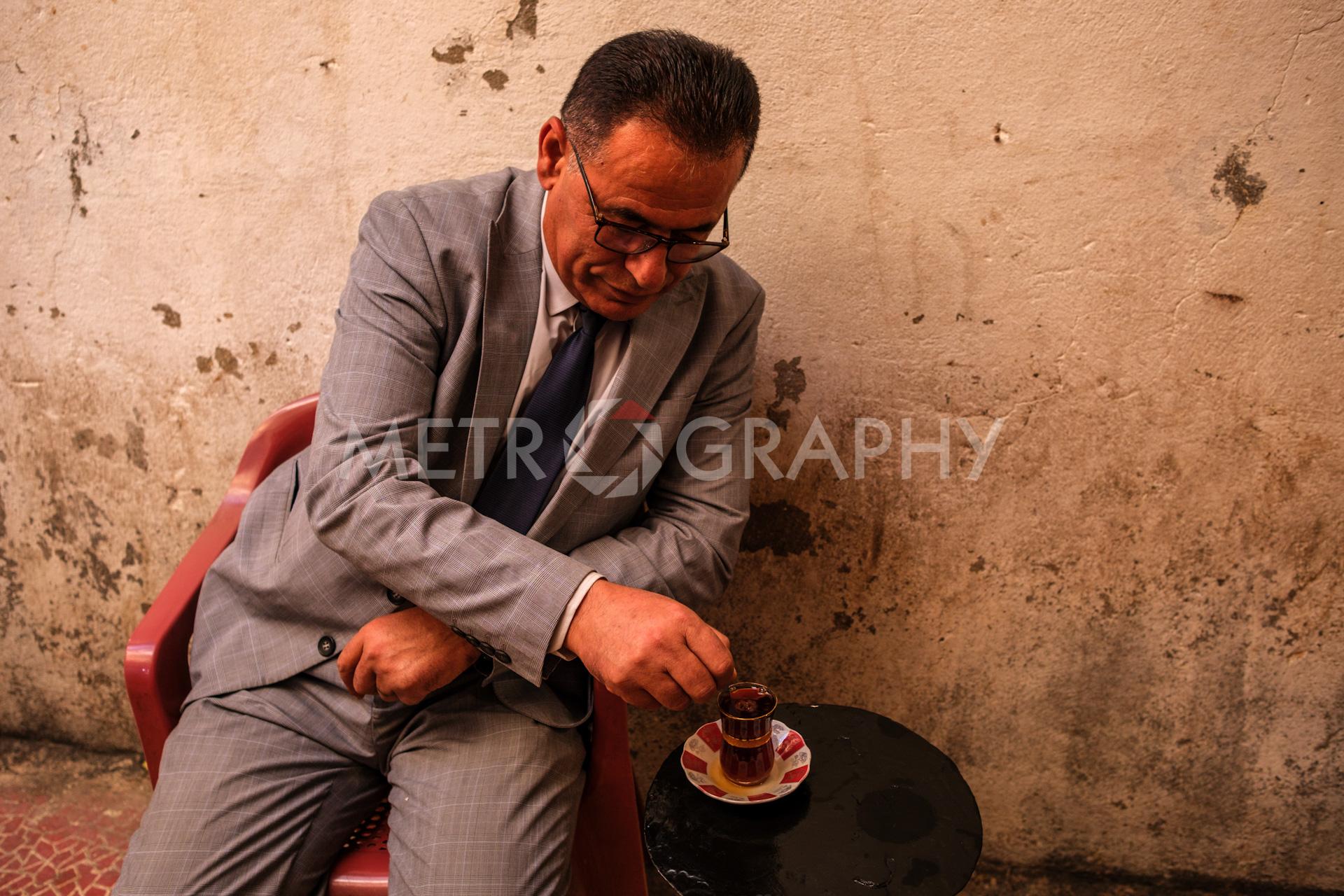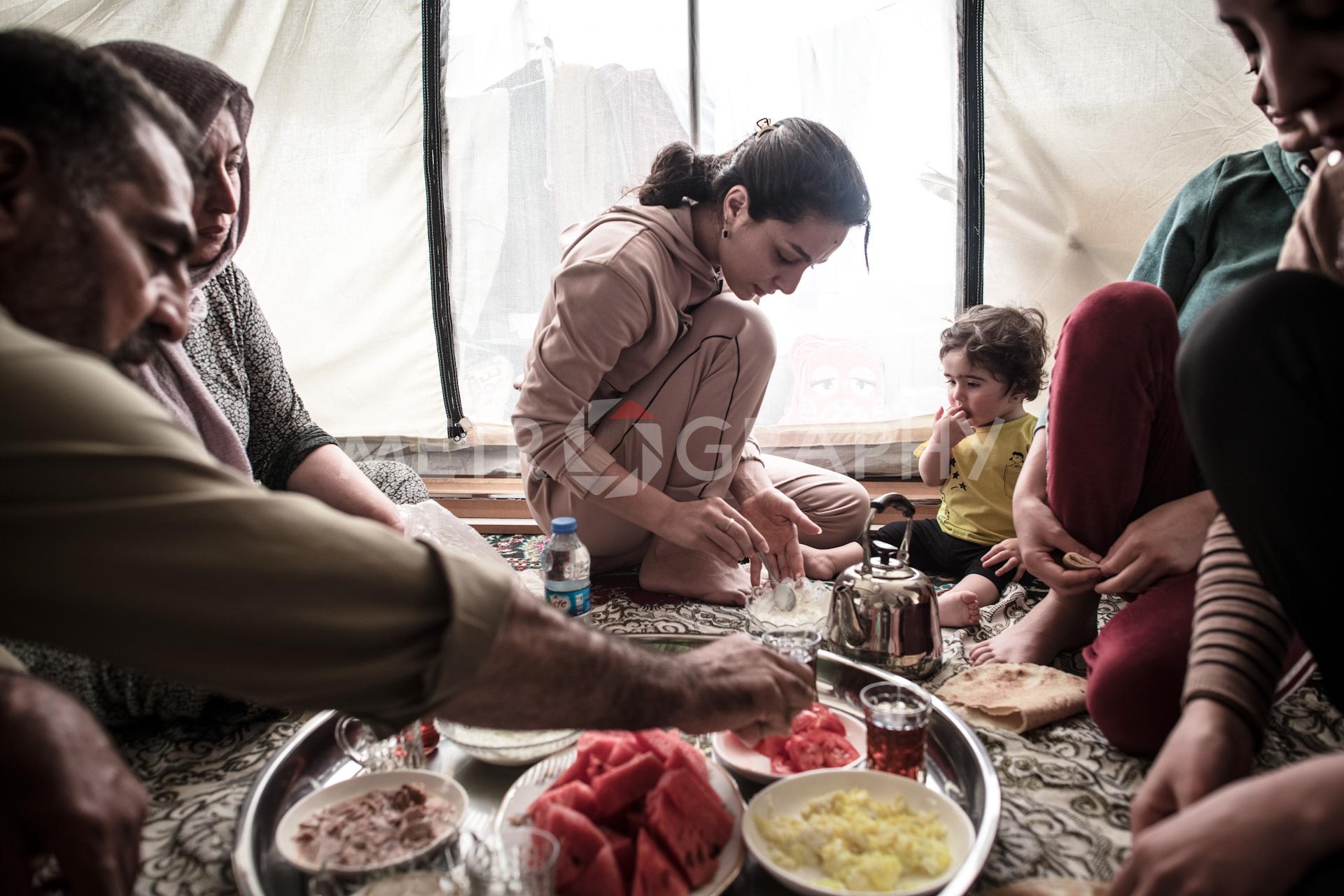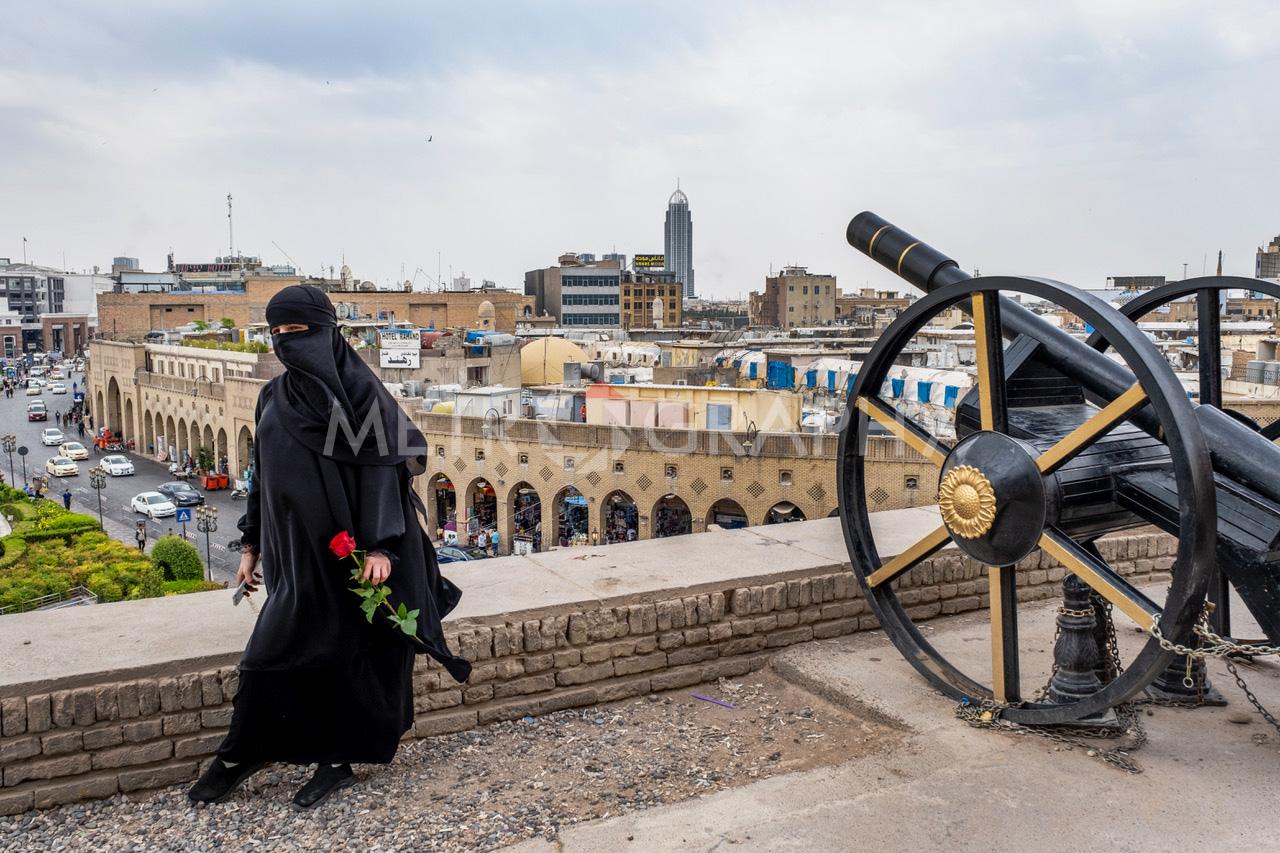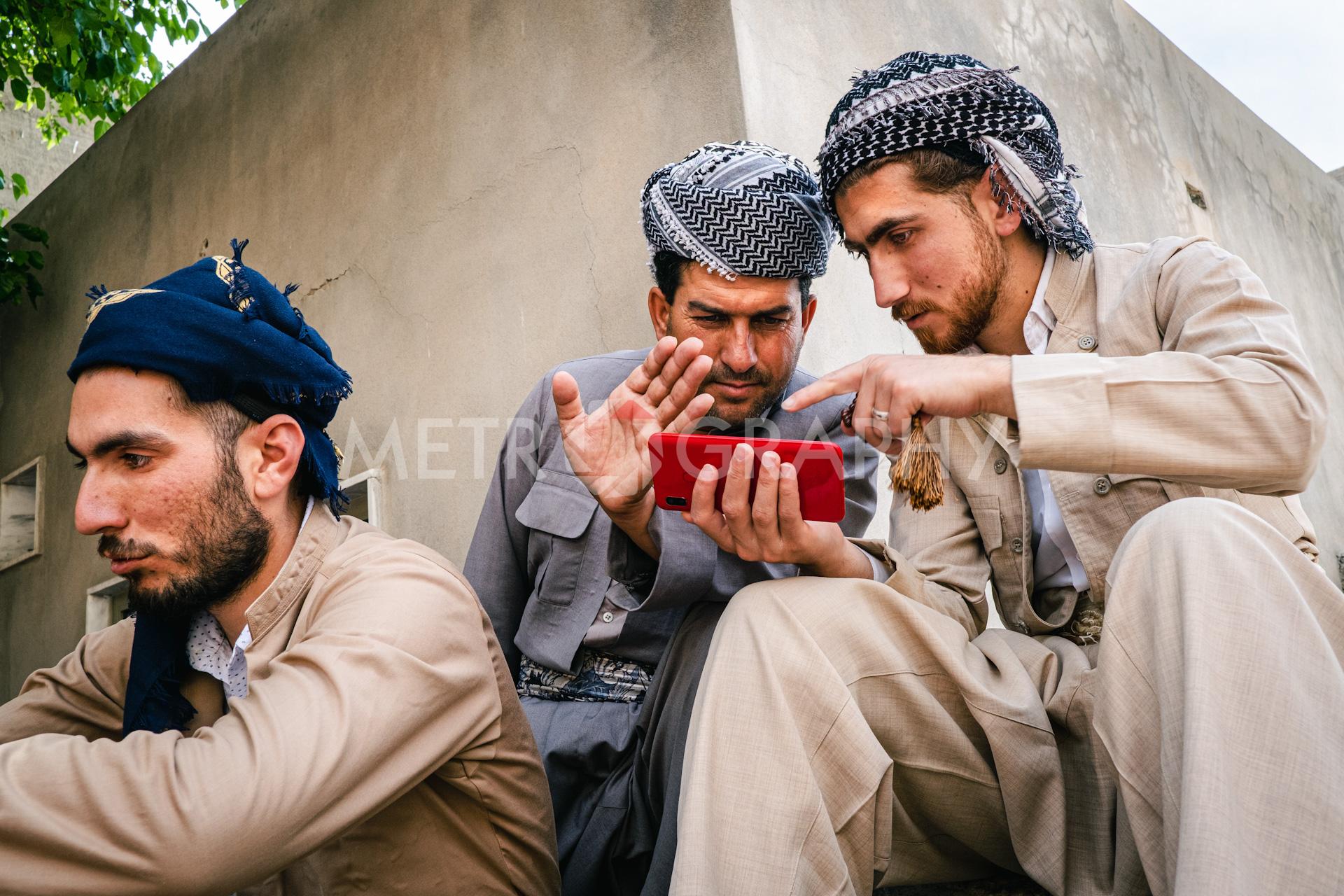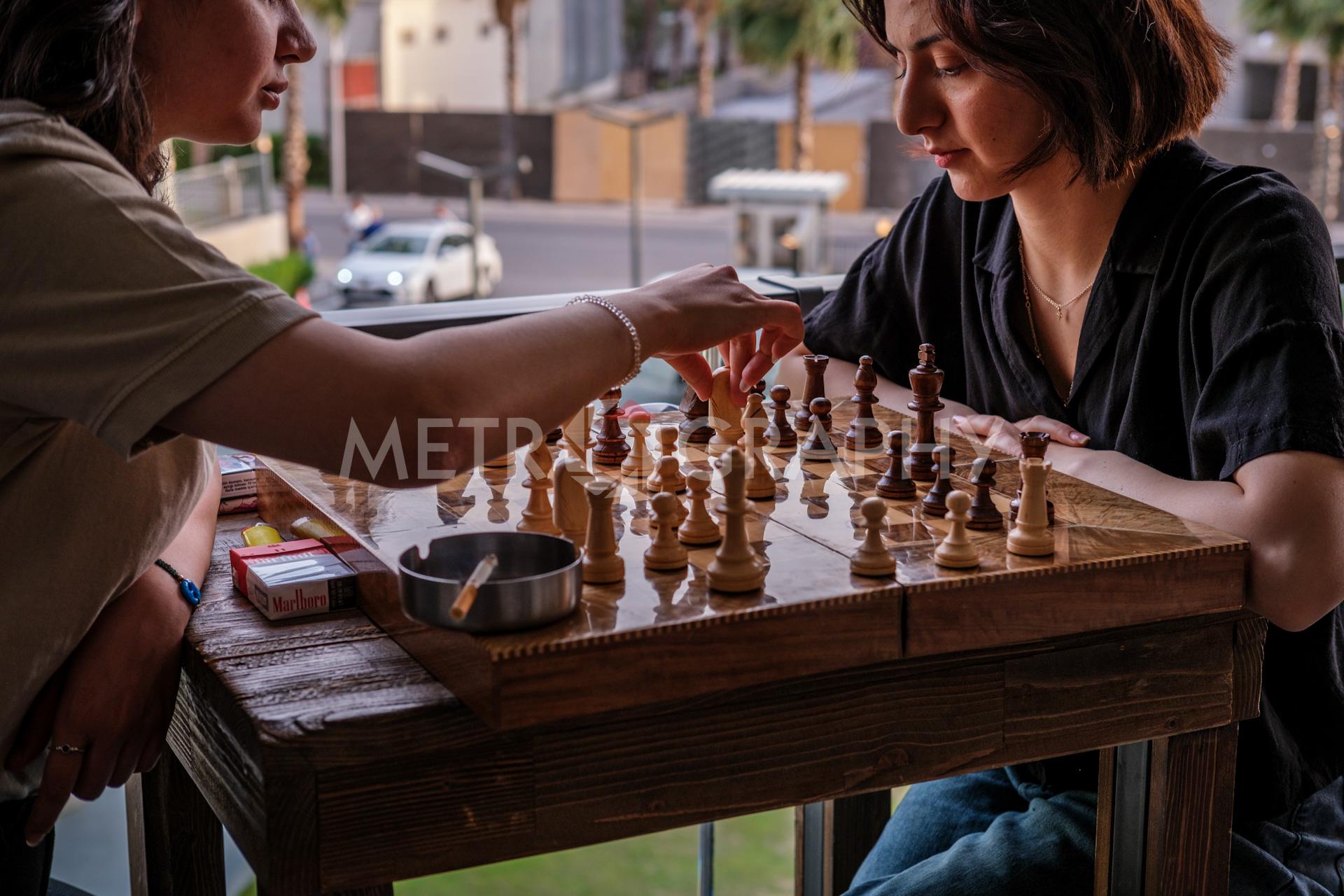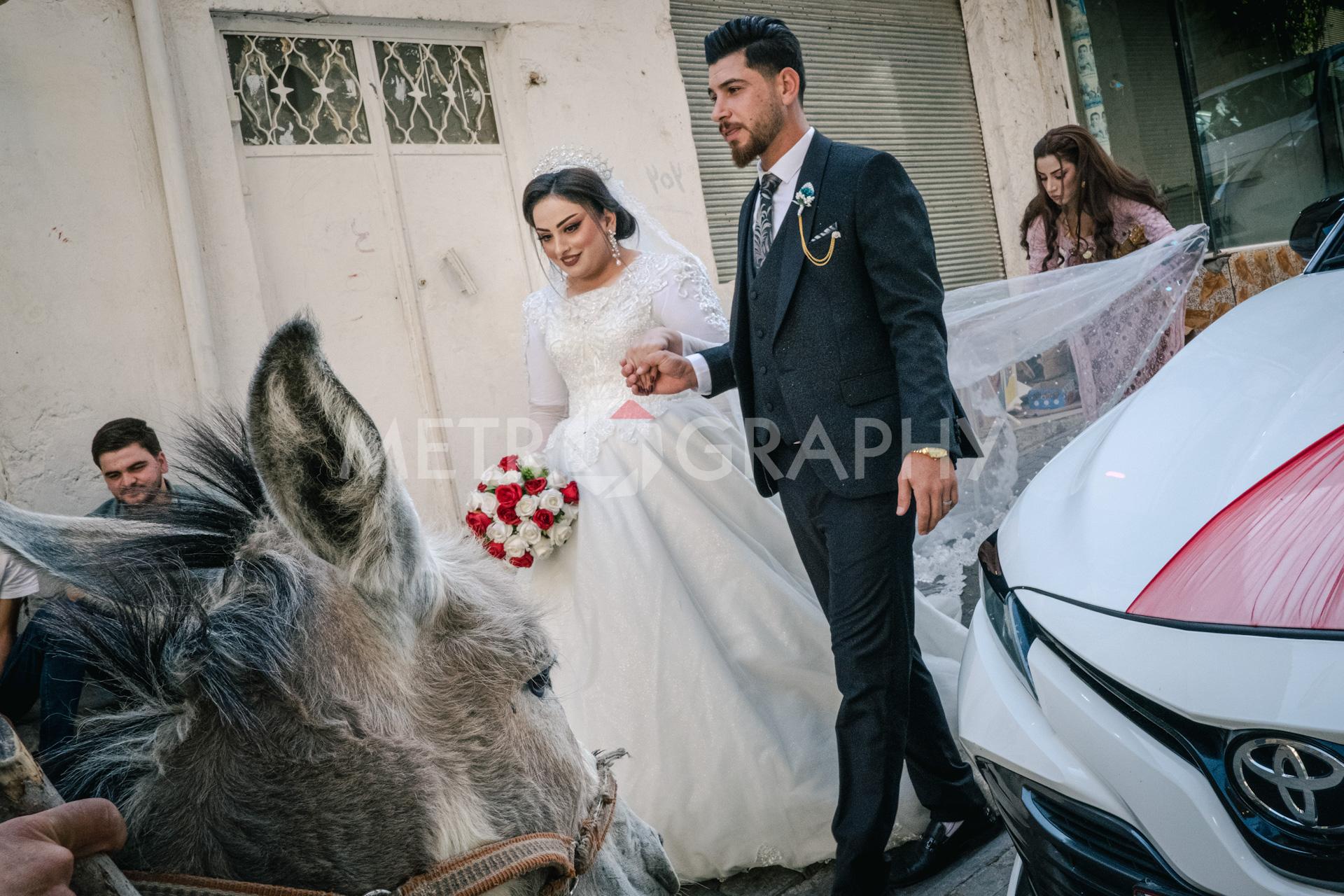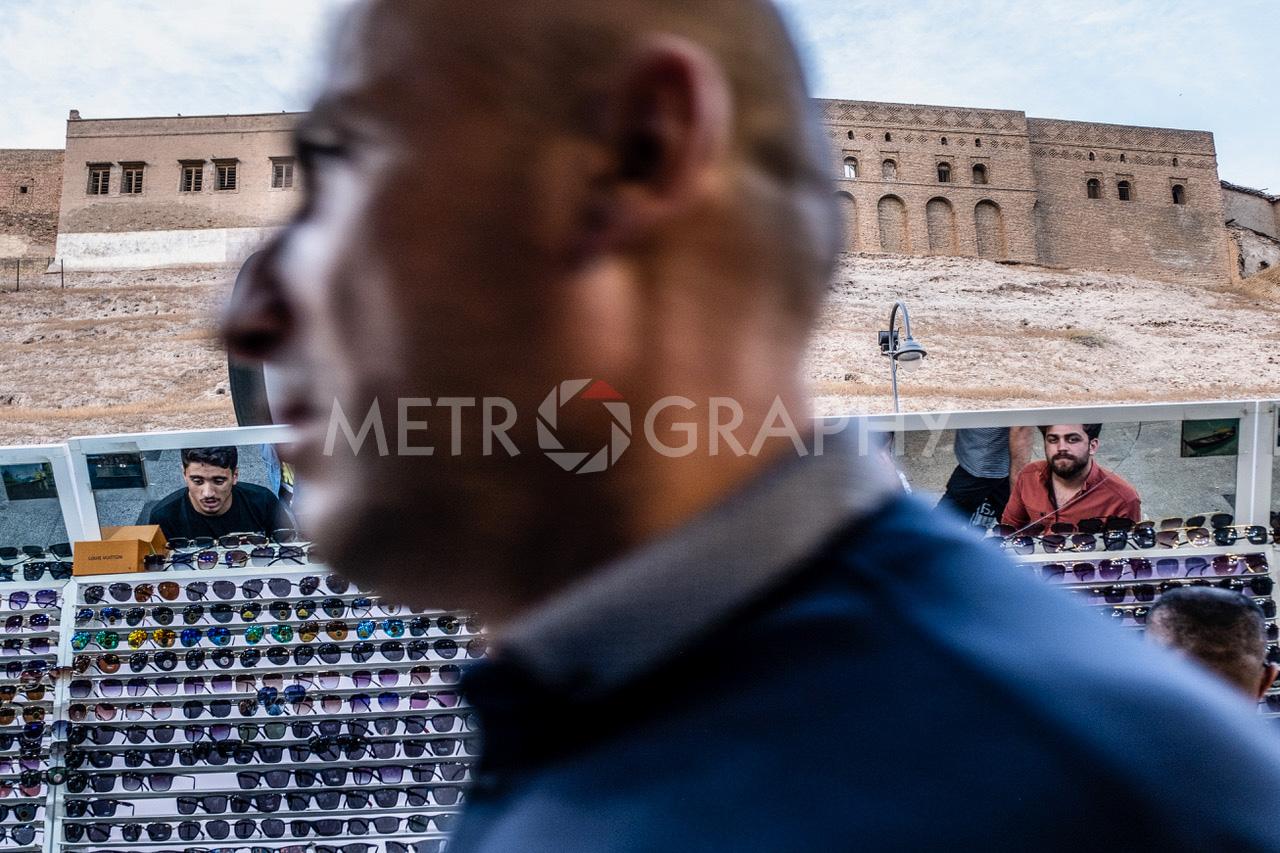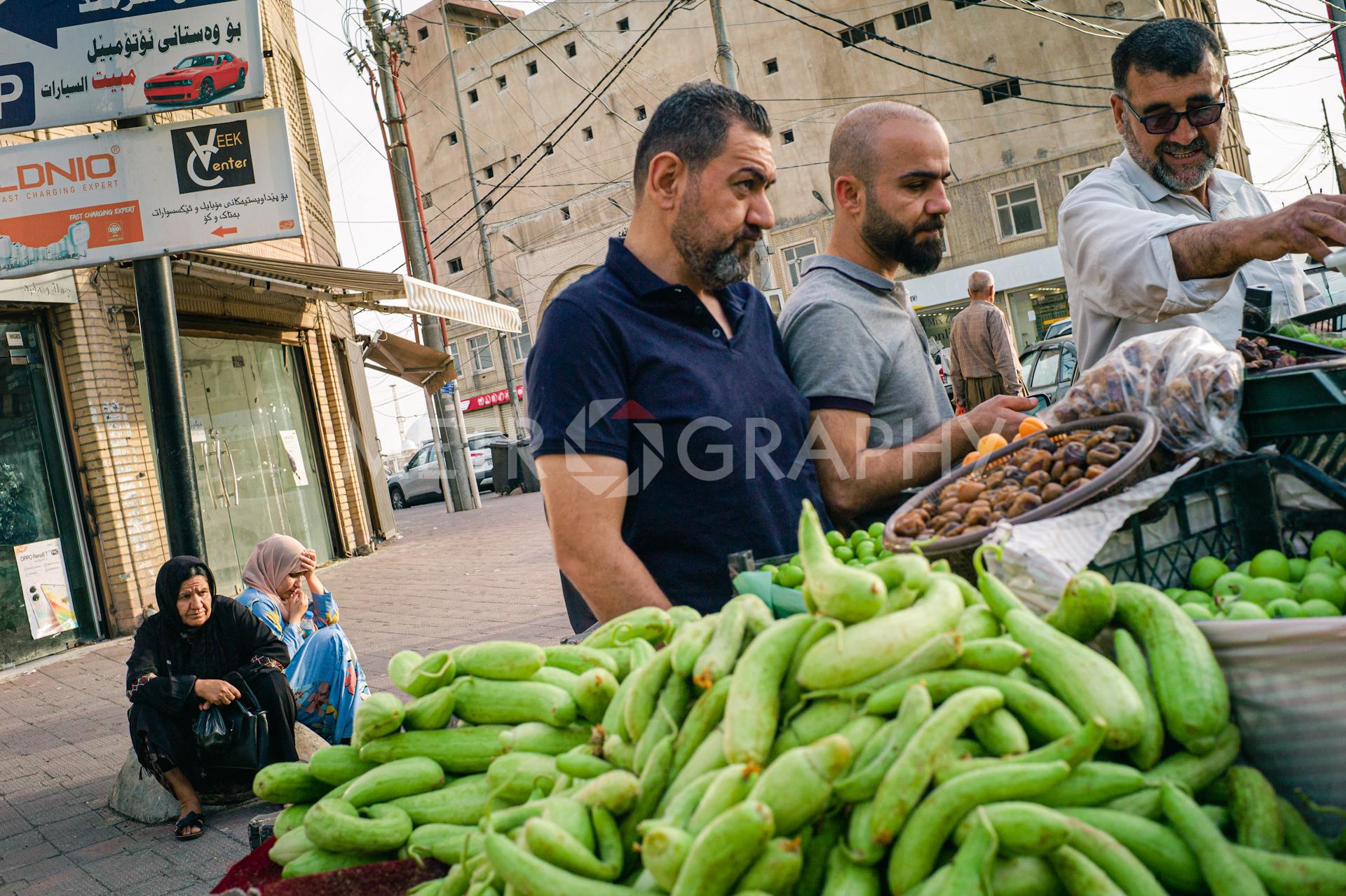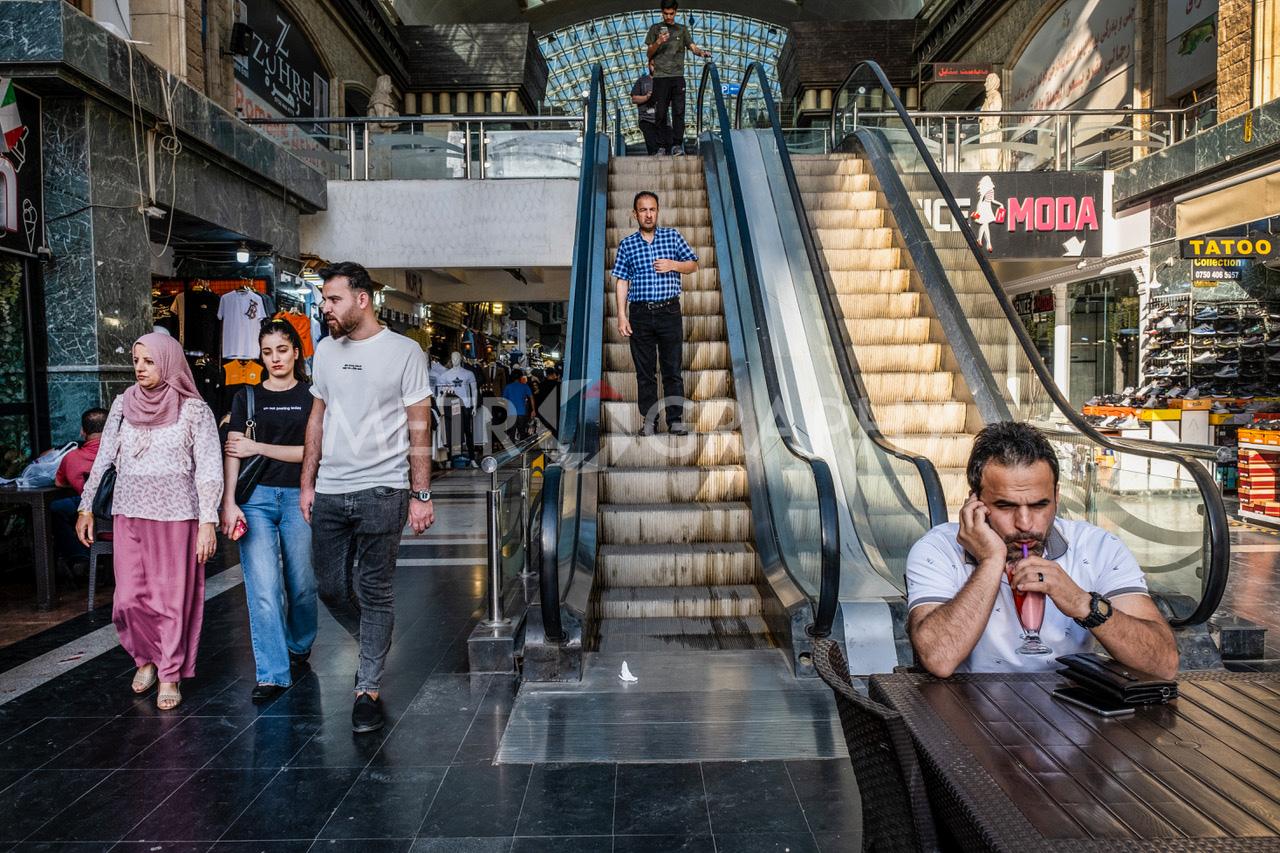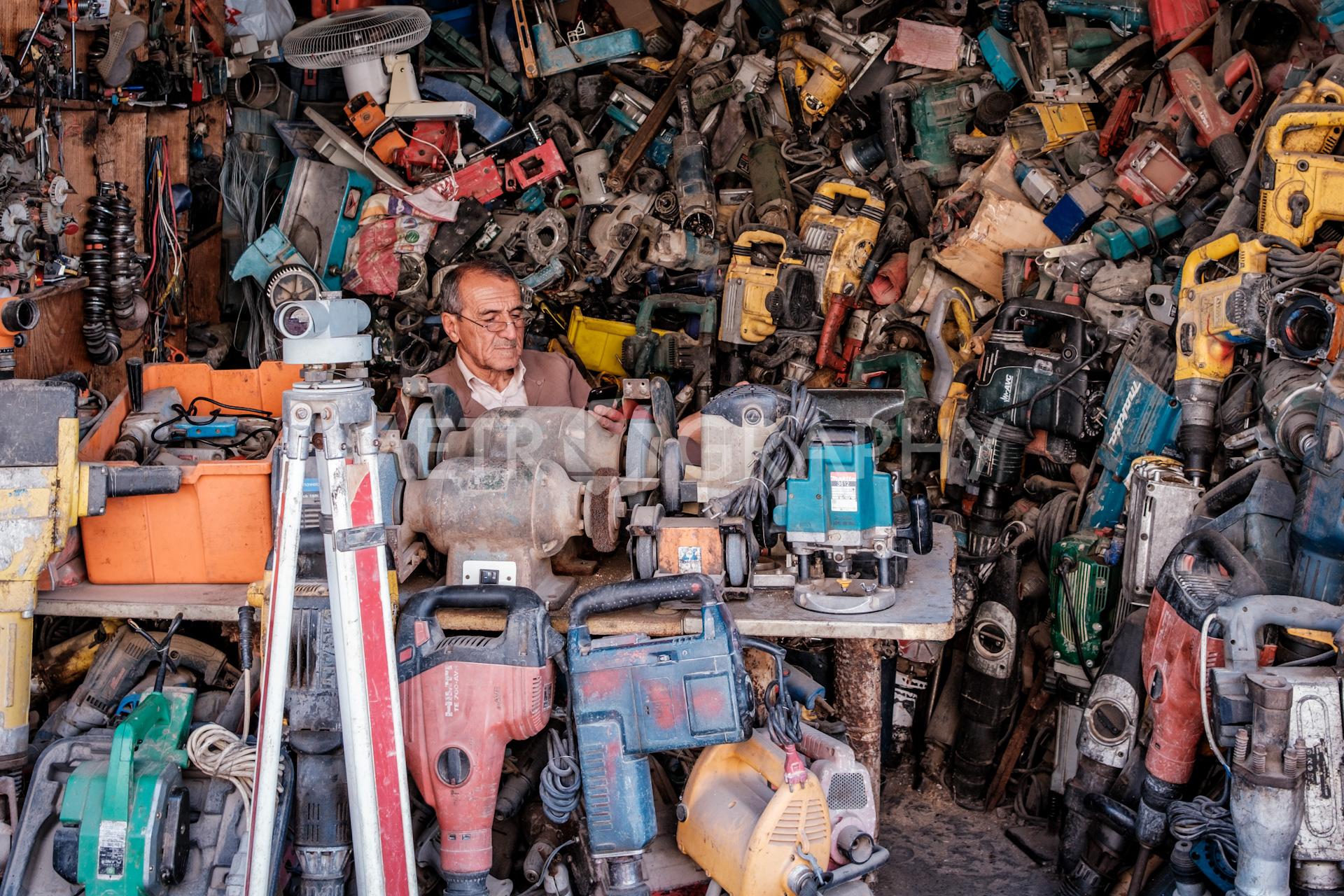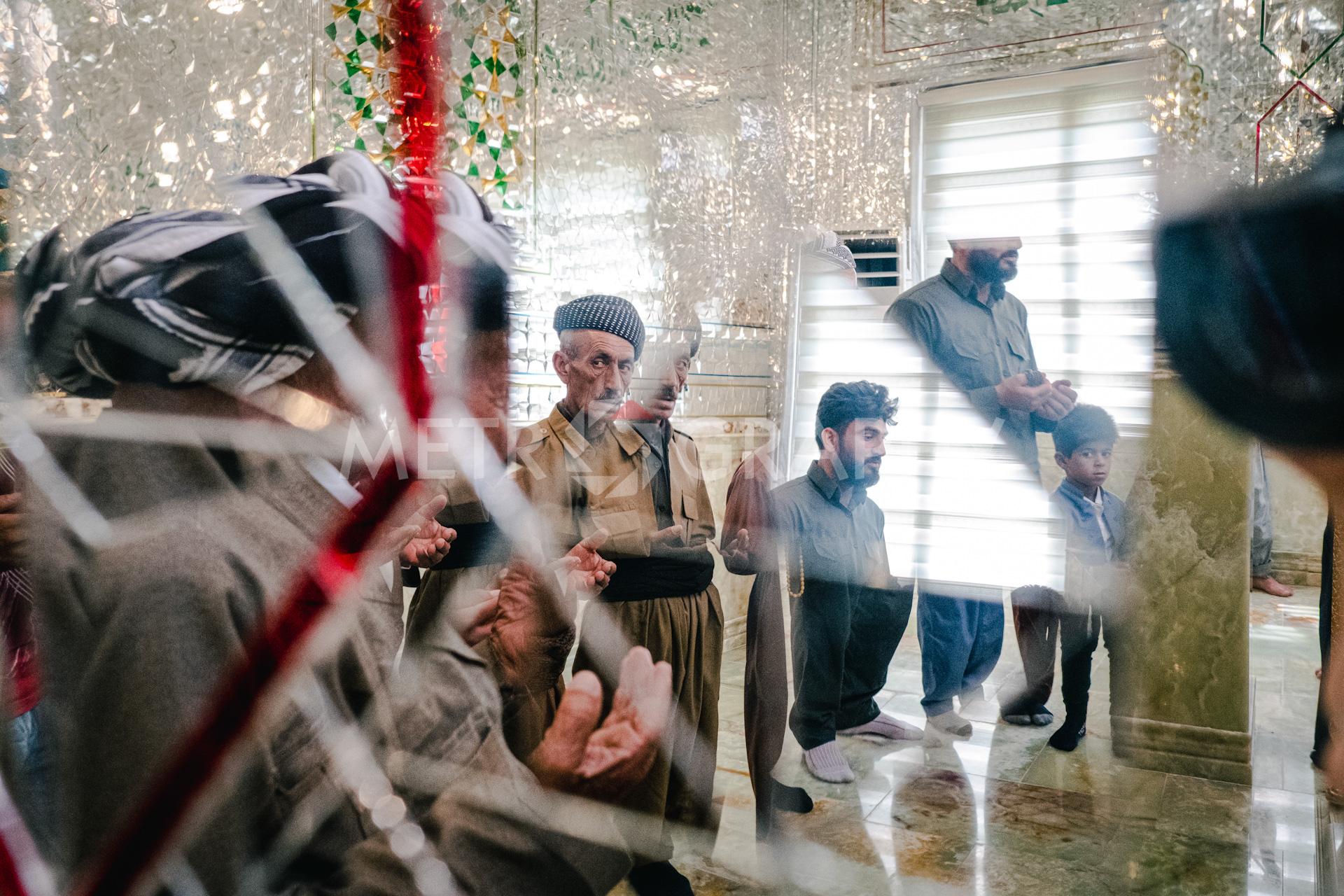“We could say that photography is an artifact; it’s fiction, not to be confused with fantasy. We could argue that it is based in reality, but ultimately, we as photographers decide what to include and exclude from what is in front of us through a small window, the frame.
I believe that photography has a commitment to the concept of veracity, not to be confused with truth, because the truth is that we photographers have a point of view. We are authors, and we use this “language” to convey something. It depends on our honesty to be closer to the truth or farther from it. It also depends on the honesty of the viewer to interpret the message as best as they can, because if it’s true that photography is a language, we have to realize that it is a polysemic one.
I think the reason why photography has survived is because in an image, one can find a factual truth mixed with an emotional truth. Factual because we photograph what we have in front of us, and emotional because we are there to do it and experience it. That’s also why veracity is more appropriate than truthfulness.
Many of the thoughts I had before going to the Kurdistan region in Northern Iraq were in the form of doubt. Do I really need to go there? Even though I knew it was safe and that nothing wrong was happening, even finding myself fascinated by its history (civilization pretty much started in that area of the world about 6000 years ago), that question kept arising.
How deeply ingrained in our brains is this imposed feeling of danger, to the point where even conscious knowledge and factual information can be overridden by irrationality? Well, probably because for 20 years, I have been told that it is, in fact, dangerous, and there have been different points in time where it was.
I had to see for myself.
I would say that a photographer should approach stories like a scientist, which is to go to the edge of what is known, observe, form a hypothesis, and try to cross that line to find out stuff. And that thing that you find, whether you were wrong or right in your hypothesis, is equally valuable. It means that you have learned something. You have extended the bridge a little bit more that someone else started to go to the other side gorge.
So I went there, and I listened, observed, and walked. What I saw was a mix of ancient and new, culturally and architecturally speaking. I felt welcomed and intrigued by the kindness, openness, and curiosity of the people that I met. I discovered that Kurdistan not only has a history that goes back thousands of years but is also history in the making right now. I believe that the geography, the culture and the people’s stories deserve to be told without preconceived ideas or biases. They deserve to be photographed with honesty by locals and foreigners so that together we can put faces and experiences to numbers and data and tell to others what we see and what it feels like to be in one of the most interesting and underexposed places that I have been.”
Written by Jorge Delgado-Urena, one of the co-founders of The Raw Society.
Photos by:
Ed Kashi/ VII/Redux
Purva Tsai /The Raw Society
Erol Franks/The Raw Society
Eric Flood/The Raw Society

